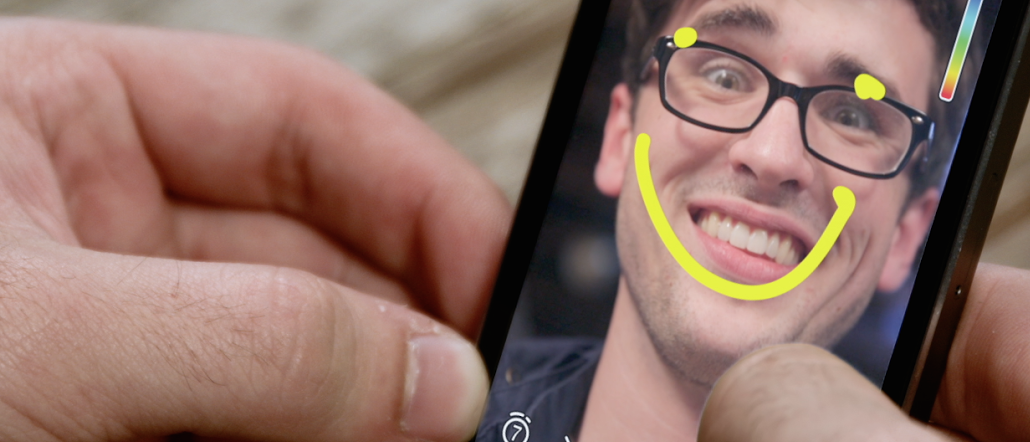
Lauren Riihimaki likes posting do-it-yourself content on social media. As LaurDIY, she has amassed more than five million subscribers on YouTube, two million followers on Twitter and Instagram, and 400,000 likes on Facebook. She averages 250,000 views per snap on Snapchat.
As a social star, Riihimaki gets special treatment from those networks, like workshops on new platform features from YouTube and performance analytics from Instagram, Facebook and Twitter. But she gets nothing from Snapchat, where she recently produced branded DIY content for Mudd Jeans, Disney and Forever 21.
“I don’t even know the actual number of my Snapchat followers and where they are from,” said Riihimaki. “I’ve never talked to anyone at Snapchat.”
She is not alone. With an average of six-digit views per snap, Cyrene Quiamco, a graphic designer solely focused on Snapchat, produces promotional content around three times a month for the likes of Walmart, AMC and Coca-Cola. But she has never built a relationship with Snapchat – she learns everything about the platform on her own or from her influencer group on Facebook.
“I think this is because Snapchat’s policy is, ‘Everyone is an influencer’,” said Quiamco. “This encourages people to be more creative. But at the same time, not everyone on Snapchat wants to create content. So I don’t think treating everyone the same is the right way to go.”
Social networks typically form relationships with celebrities and social stars, encouraging them to produce content so people are more likely to stay longer on the platform. YouTube, for instance, initiated a program called YouTube Creators to let select accounts access new benefits, resources and events as their subscriber numbers grow. And Twitter acquired creator network Niche in 2015 and grew it from 2,500 to 40,000 social stars to date. Twitter also prioritizes posts from the Niche creator when it makes sense, according to the company. Facebook and Instagram, on the other hand, offer verified accounts analytics tools for free that regular users don’t have.
Snapchat is different. At the moment, it is not focused on influencer marketing because, according to a company rep, it wants to keep authenticity on the platform by allowing social stars to use it like everyday users. And it wants to have more control over advertising on the platform rather than outsource it to other people. Snap Inc. does have an in-house partnership team, though, to manage Official Stories, which was launched in 2015 for celebrities like Chrissy Teigen and Michelle Obama, said the spokesperson.
Ad position: web_incontent_pos1
Given that nearly two-thirds of users skip ads on Snapchat, agency executives think that it should take a page from the likes of YouTube and Instagram, monetizing the influencer marketing community on the platform.
“Influencer marketing is really happening on Snapchat,” said Sierra Paller, senior engagement manager for agency Carrot Creative. “I know that Snapchat doesn’t want to lose its transparency or authenticity, but there should be some way for it to be in the influencer marketing game.”
The biggest hurdle for both brands and social stars on Snapchat is perhaps discovery. Monica Watson, senior marketing manager for influencer tech firm Chute, thinks that Snapchat looks more like early Facebook than YouTube: Communities are not being encouraged to grow around top-tier creators. Instead, it is where people catch up with peers and celebrities they already love.

“There is no leaderboard for communities to see who is really driving engagement on Snapchat. Instead, marketers have to find influencers on other platforms and then figure out if their viewership is worth sponsoring,” said Watson. “This is definitely something Instagram Stories still has over Snapchat.”
Ad position: web_incontent_pos2
But that’s not to say Snapchat is not improving. In January of this year, it started letting users customize QR Snapcodes to link to other websites within the platform. In the same month, Snapchat opened its API so third-party vendors could help advertisers keep metrics like views, replays and screenshots for longer than 24 hours, and even create open or competition rates, according to Watson. But such analytics service is not free.
Scott Fisher, founder of Select Management, a talent agency that manages social stars like Riihimaki, thinks that as a young company, Snapchat needs to ramp up its influencer game, especially with Instagram Stories coming into the picture. For now, the talent his company represents is seeing higher views on Instagram than Snapchat, noted Fisher.
“YouTube has been around for over 10 years so it learned how to partner with content creators,” he said. “Other networks like Snapchat will gradually pick up.”
More in Marketing

In the marketing world, anime is following in the footsteps of gaming
As marketers look to take advantage of anime’s entry into the zeitgeist, they might be wise to observe the parallels between the evolution of anime as a marketing channel and the ways brands have learned to better leverage gaming in recent years.

With the introduction of video ads and e-commerce, Roblox looks to attain platform status
Roblox is expanding into more areas than just ads in 2024. Much like platforms such as Amazon and Facebook have transcended their origins to evolve from their origins as online marketplaces and social media channels, Roblox is in the midst of a transformation into a platform for all elements of users’ virtual lives.

PepsiCo wants to remain a ‘driver of culture’ as it turns to influencers and activations amid rebrand
The soda-maker says it can translate cultural relevance into sales volume.
Ad position: web_bfu

